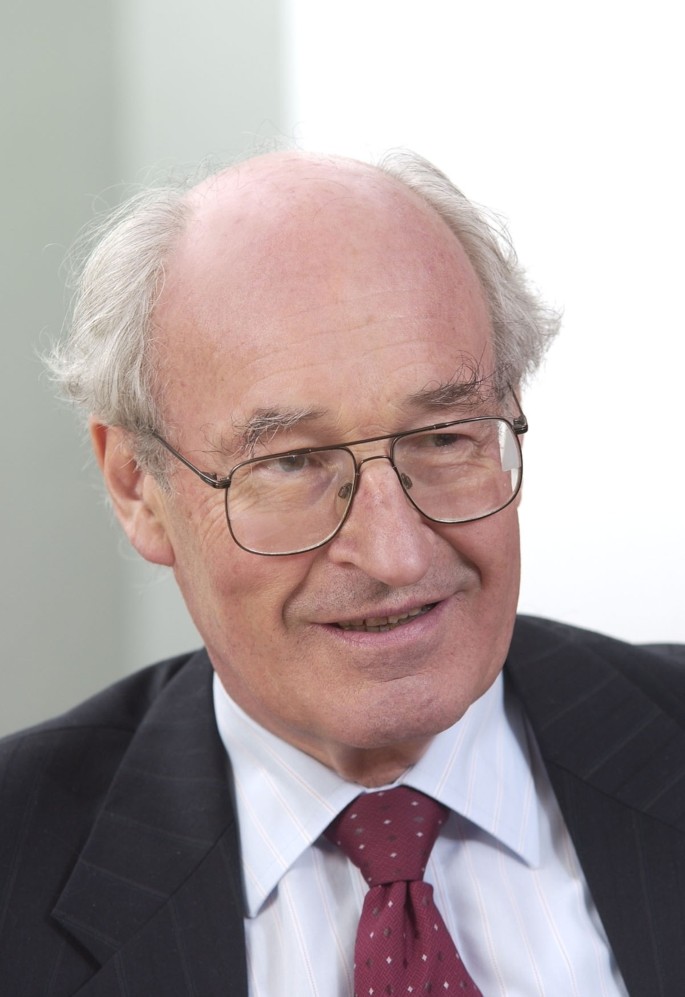
#Dr bob dsm 5 how to#
3 Through this, individuals and societies learn how to recognise ‘normal’ and ‘pathological’ experiences, relate to substances and practices (such as pharmaceuticals and psychological therapies), and negotiate situations saturated with moral feeling and implications (restraint, discharge and access to services being just a few examples). 2 In the idiom of philosopher Ian Hacking, I take diagnosis to be an apparatus through which individuals ‘make up’ themselves and one another. My own attention to diagnosis is shaped by a broadly social constructionist engagement with mental health and illness in that I view diagnostic categories as being constituted, in part, through professional, patient and political claims-making and debate. 1 Diagnosis is a means of focusing clinical attention, indicating treatment, suggesting prognosis, and sometimes conferring social and economic benefits. As Annemarie Jutel rightly states in her sociological treatise on diagnosis: ‘The power of diagnosis is remarkable’. The depth of feeling inherent to some of the appraisals to be explored more fully below should not, perhaps, surprise us. I have selected these comments on the basis of how regularly I encounter them in my discussions about mental health with professionals, patients and wider public. In order to underscore how critical mental health professionals themselves can be of the infrastructure governing their work, I have drawn especially on the critique emanating from psychiatric and psychological practitioners. These have attracted considerable attention. The article then moves to unpick the specific criticisms made by Thomas Insel, Director of the US National Institutes of Mental Health (NIMH)-a powerful public sponsor of mental health research. To this end, I begin by noting some of the key concerns felt by many (and advanced in biomedical literature and popular media) with regard to the new diagnostic manual. This essay draws on materials collected as part of broader sensitising and contextualising work being carried out as part of a Wellcome Trust-funded Fellowship around the social ethical dimensions of mental health (and hence does not present empirical findings from a specific and defined research work-package per se). Focusing on critique implicitly reiterates a useful sociological point: there is not ‘a’ viewpoint within the mental health professions regarding the DSM that all clinicians necessarily and unproblematically align themselves with. This includes unearthing some of the assumptions and wider debates associated with the various criticisms of DSM-5. Rather, I aim to underscore the import of a ‘sociology of critique’ that is, an exploration and analysis of the kinds of critical engagements evident within discourse associated with a particular field, and an attention to who is making these, how, why and with what effects. My intention is not to wade into and further populate an already crowded field of debate. Here, I consider some of these critical comments. For several years now, the substance of the DSM-5 has been poured over and debated, released online for scrutiny and comment, and in the process subjected to wide-ranging contestation and critique. Readers will not, however, be encountering much of its content for the first time.
#Dr bob dsm 5 manual#
The fifth edition of the American Psychiatric Association (APA) handbook of diagnosis, the Diagnostic and Statistical Manual of Mental Disorders (DSM-5), was published in spring 2013. This has implications for the considerations of health services and policy decision-makers who might look to such debates for guidance. More normatively, a sociology of critique can indicate which interests and values are structuring the dialogues being articulated, and just how diverse clinical opinion regarding the DSM can actually be.

Sociological analysis can help map fields of contention, and cast fresh light on the assumptions and nuances of debate around the DSM-5 it underscores the importance of diagnosis to the governance of social and clinical life, as well as the wider discourses critical commentaries connect with and are activated by.

This paper suggests the need for a sociology of psychiatric critique.

The DSM-5 has attracted considerable criticism, not least about its role in processes of medicalisation. The development of the fifth edition of the American Psychiatric Association's Diagnostic and Statistical Manual of Mental Disorders-the DSM-5-has reenergised and driven further forward critical discourse about the place and role of diagnosis in mental health.


 0 kommentar(er)
0 kommentar(er)
